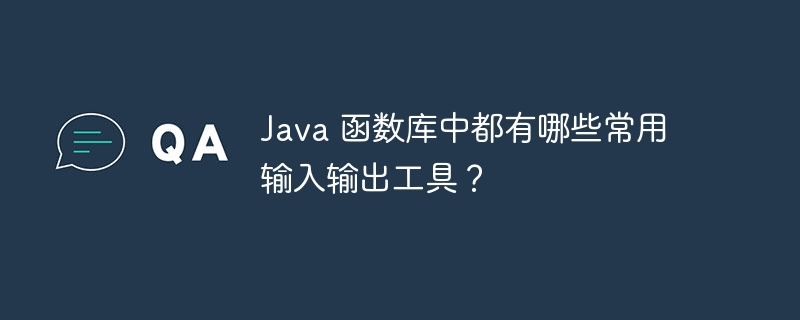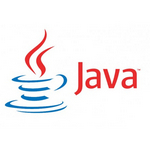java 函数库中的常用输入输出工具包括:文件 i/o:处理文件读取和写入。控制台 i/o:从控制台读取输入或向其输出数据。网络 i/o:建立网络连接并与其他计算机进行通信。

Java 函数库中的常用输入输出工具
Java 标准库中提供了许多用于处理输入输出(I/O)的工具,以下是一些最常用和有用的工具:
文件 I/O
立即学习“Java免费学习笔记(深入)”;
控制台 I/O
网络 I/O
实战案例:从文件中读取数据
import java.io.BufferedReader;
import java.io.FileReader;
import java.io.IOException;
public class FileInputExample {
public static void main(String[] args) {
try (BufferedReader br = new BufferedReader(new FileReader("data.txt"))) {
String line;
while ((line = br.readLine()) != null) {
System.out.println(line);
}
} catch (IOException e) {
e.printStackTrace();
}
}
}实战案例:向文件中写入数据
import java.io.BufferedWriter;
import java.io.FileWriter;
import java.io.IOException;
public class FileOutputExample {
public static void main(String[] args) {
try (BufferedWriter bw = new BufferedWriter(new FileWriter("output.txt"))) {
bw.write("Hello world!");
} catch (IOException e) {
e.printStackTrace();
}
}
}以上就是Java 函数库中都有哪些常用输入输出工具?的详细内容,更多请关注php中文网其它相关文章!

java怎么学习?java怎么入门?java在哪学?java怎么学才快?不用担心,这里为大家提供了java速学教程(入门到精通),有需要的小伙伴保存下载就能学习啦!

Copyright 2014-2025 https://www.php.cn/ All Rights Reserved | php.cn | 湘ICP备2023035733号